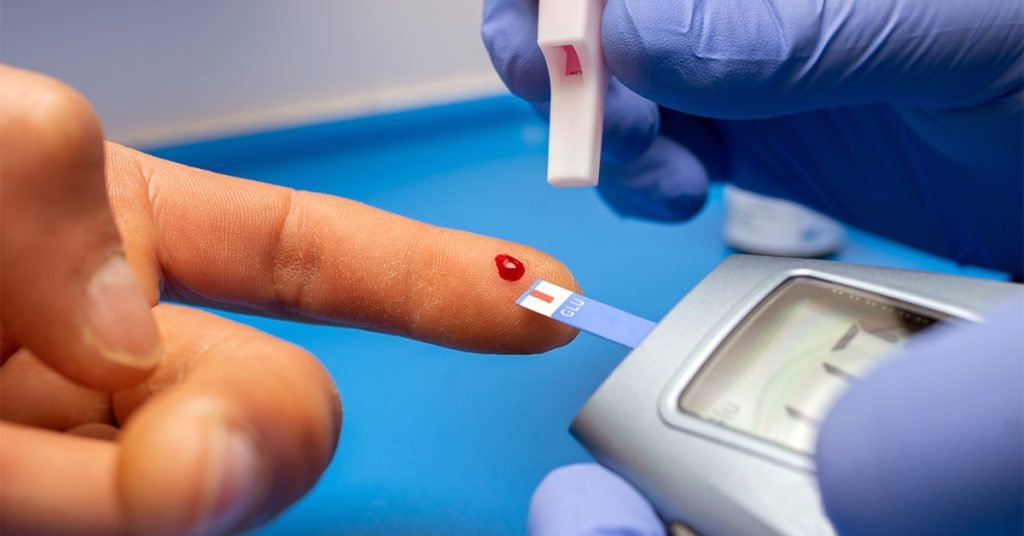Understanding Diabetes and Its Challenges
Types of Diabetes: Type 1, Type 2, and Beyond
Diabetes isn’t a one-size-fits-all condition—it shows up in several different forms, each with unique causes and challenges.
-
Type 1 Diabetes is an autoimmune disorder where the body’s immune system mistakenly attacks and destroys insulin-producing beta cells in the pancreas. As a result, the body produces little to no insulin, and patients require lifelong insulin therapy.
-
Type 2 Diabetes is far more common. It develops when the body becomes resistant to insulin or doesn’t produce enough of it. It’s often linked to factors like genetics, aging, obesity, and physical inactivity.
-
Other Forms include:
-
Gestational Diabetes, which affects pregnant women and may increase the risk of Type 2 later in life.
-
Monogenic Diabetes, a rare form caused by a single gene mutation.
-
Secondary Diabetes, which arises from other medical conditions or as a side effect of medications.
-
The Role of Inflammation and Autoimmunity
At the root of diabetes lies more than just high blood sugar. In both Type 1 and Type 2 diabetes, chronic inflammation plays a significant role.
-
In Type 1, the immune system launches an attack on healthy pancreatic cells, mistaking them for foreign invaders. This autoimmune reaction leads to inflammation and ultimately the destruction of beta cells.
-
In Type 2, low-grade, persistent inflammation disrupts the insulin signaling process, making it harder for the body’s cells to absorb and use glucose. Over time, this leads to insulin resistance and metabolic dysfunction.
Current Limitations of Conventional Therapies
Traditional treatments—like insulin injections, oral medications, and strict dietary control—help manage diabetes, but they don’t address the underlying causes.
Here’s the reality:
-
These therapies do not repair or regenerate damaged beta cells.
-
They can’t halt the autoimmune process in Type 1.
-
Many patients continue to experience complications over time, including neuropathy, cardiovascular disease, kidney failure, and vision problems.
This is where regenerative medicine, particularly exosome therapy, begins to offer real hope—not just for better management, but for meaningful healing at the cellular level.

